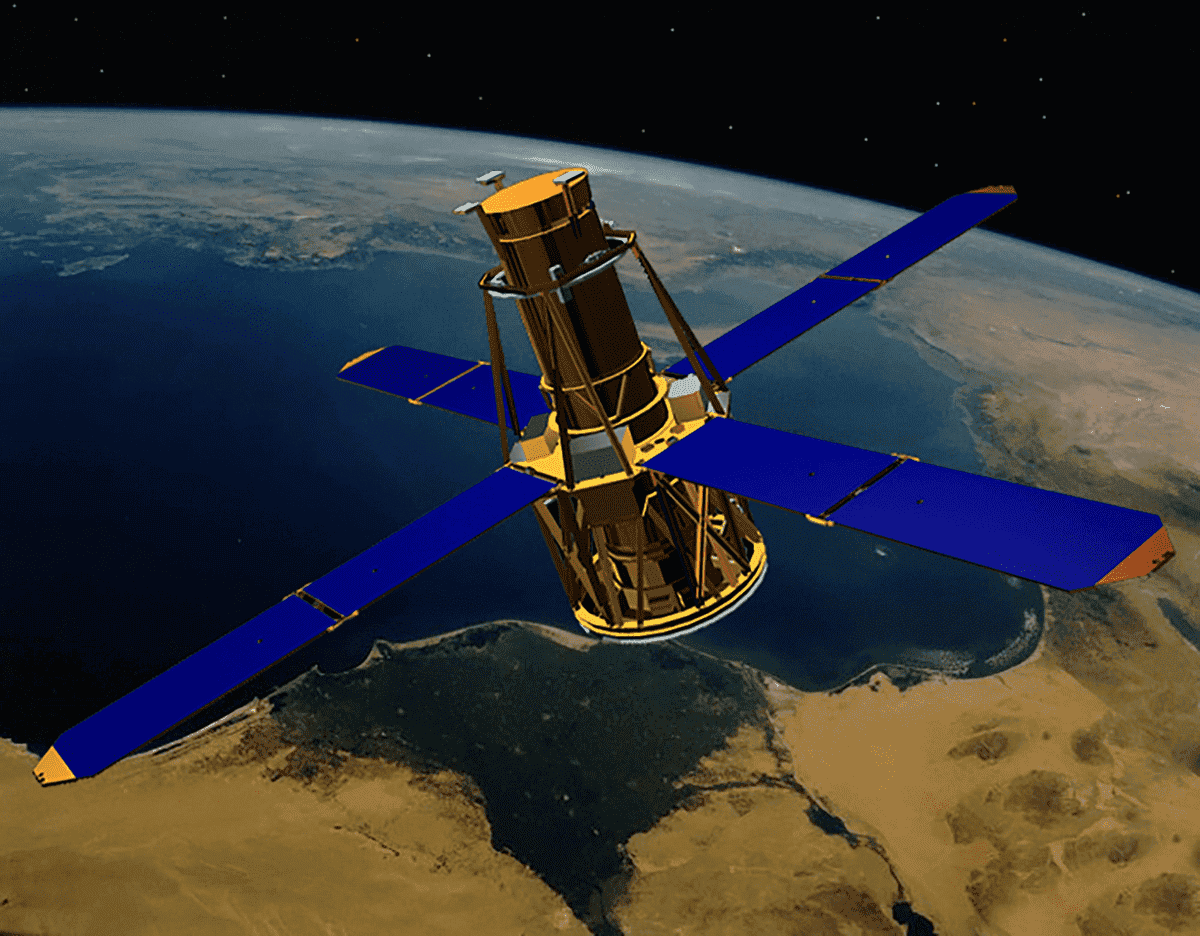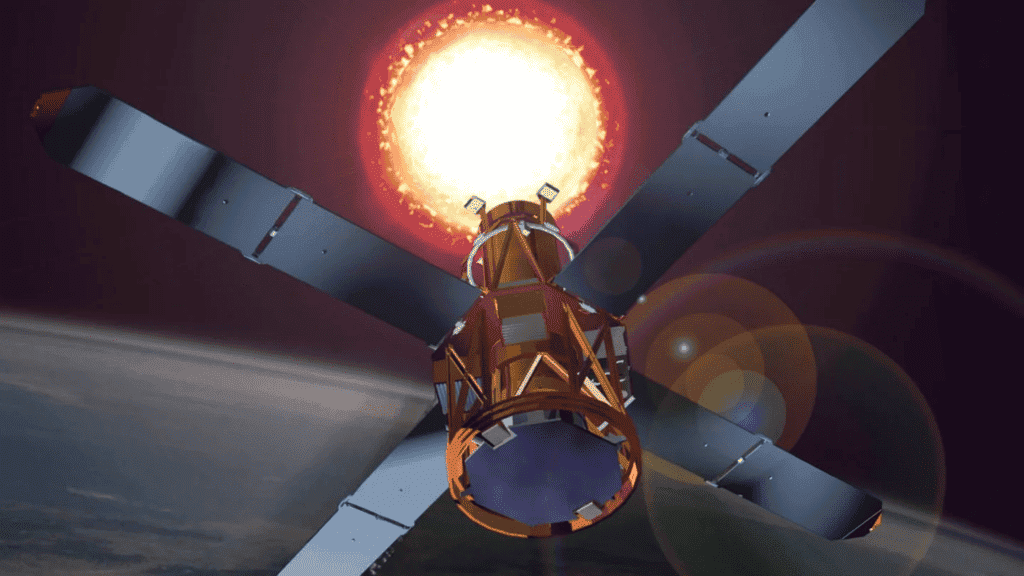The past few days have been quite hectic for space enthusiasts. After all, one of SpaceX’s biggest rockets is preparing to leave Earth. While “some” leave Earth, there are others that will descend to home. In fact, a very unique event is set to happen soon – a “dead” NASA spacecraft will make an uncontrolled descent to Earth in the coming days.
The spacecraft in question is the RHESSI satellite. In its glory days, it was used to study the sun. It was operational from 2002 to 2012, but it is no longer functional. The spacecraft is estimated to reenter Earth on Wednesday around 9:30 pm EDT, plus or minus 16 hours, as per the latest info by the US military.

There is no need to concern with this uncontrolled fall. Although the RHESSI has a weight of 270 Kg, most of its mass will turn into vapor and ash during the crash. Some parts should still survive the fall. Despite this, NASA states that the chances of danger to humans are low, nearing 1 in 2,467.
RHESSI’s fall is an important reminder to NASA and other space agencies
The downfall works as an important reminder for space agencies. Earth’s orbit is becoming congested and dangerous. Right now, there are over 30,000 pieces of orbital debris that are monitored by global space surveillance networks. However, there are some pieces that can’t be tracked due to their small size. As per European Space Agency’s estimates, there are about 1 million objects that are 0.4 inches to 4 inches, which is about 1 to 10 centimeters. The number of pieces with about 1 millimeter is about 130 million. They also move very fast making it even more difficult to track them. Worth noting that they can bring harm if they hit a crewed spaceship or satellite.

Getting back to the point, the RHESSI was launched to low Earth orbit via a Pegasus XL rocket in February 2002. The goal was to examine solar flares and coronal mass ejections using its single science instrument. As per NASA, the RHESSI recorded more than 100,000 X-ray events. It allows scientists to study the energetic particles in solar flares. That info helped researchers to determine the particles’ frequency, location, and movement”.
Although this is a remarkable event, it’s not the most impressive. RHESSI is not the largest piece of space debris to fall to Earth without control. Back in November, the 23-ton core stage of a Chinese Long March 5B rocket fell back to Earth about five days after the launch of its final module.





